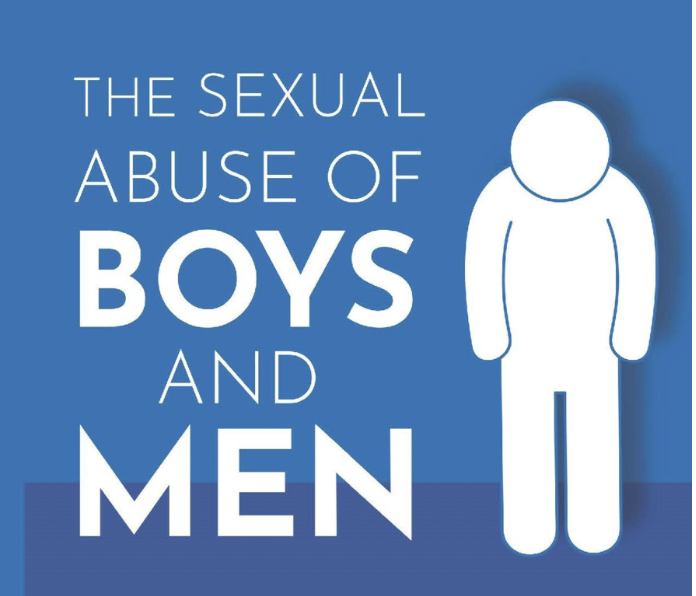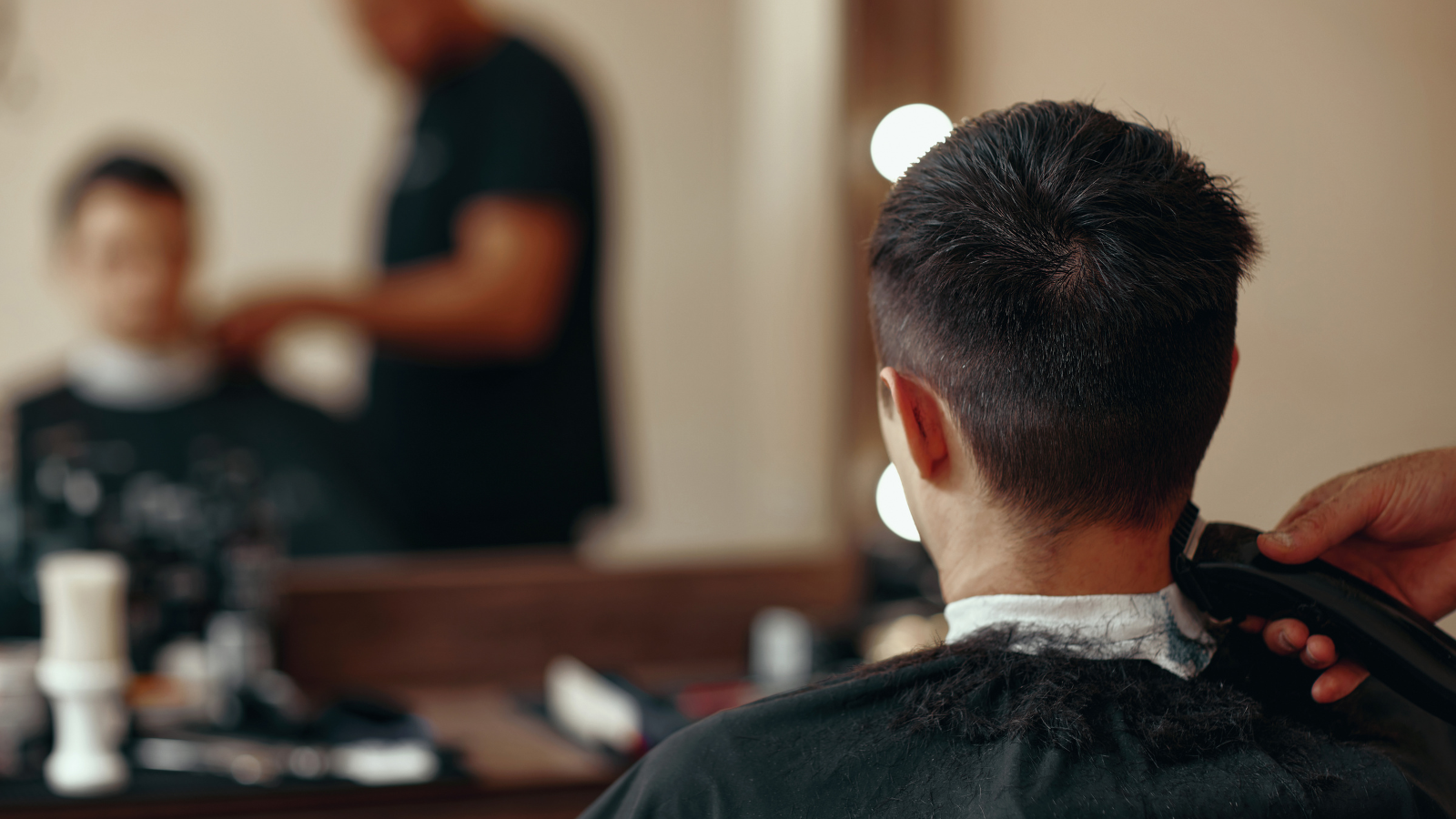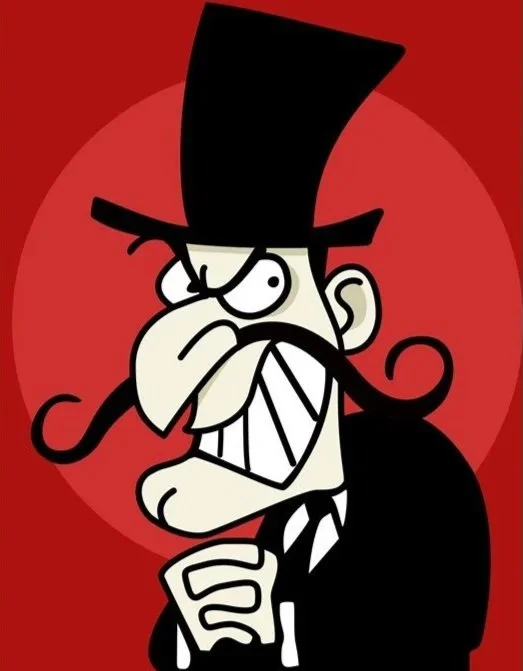Neglected, Rejected and Unprotected: The Sexual Abuse of Boys and Men
The following is based on Phil Mitchell’s book The Sexual Abuse of Boys and Men: Creating an Approach for Neglected Victims.
Boys and men who are sexually abused are less likely to be identified, less likely to recognise abuse, less likely to disclose, less likely to engage with support and arguably, less likely to be taken seriously. Even if these hurdles are overcome, they may find themselves accessing support that is not inclusive of or accessible to males.
In my new book ‘The Sexual Abuse of Boys and men: Creating an Approach for Neglected Victims’, I not only shine a light on these problems and other adverse issues disproportionately and in some cases uniquely facing male victims, I also share my own experience of child sexual exploitation (CSE) and adult rape.
For me it all started when I was 16 and living in a bedsit in South Leeds. I’d suffered severe bullying in school, violence at the hands of my mother and found that I was now struggling to navigate living independently.
I met Mike (not his real name) at one of the bars in central Leeds. A tall, handsome, charismatic man in his late twenties, Mike said all the right things to make me think we had a special connection. I quickly became his boyfriend and we began spending lots of time together at my bedsit. It wasn’t long until he started bringing unknown men to bedsit and persuading me into giving them oral sex.
Mike unexpectedly brought the first man round with the explanation that he could help me successfully get past part of a console game I was stuck on. Mike wasn’t really into such games so he sat on the edge of my bed whilst this unknown man and I played the zombie-based game ‘Resident Evil 2’. Once we had successfully completed part of the game, we continued playing until eventually this unknown man revealed that he had bought me a cheat guide; a visual book providing hints and tips on how to successfully navigate my way through the game. Mike encouraged me to express my gratitude but his expectation was that I thanked this man by giving him oral sex. Upon seeing my shock Mike pulled me to one side and made his dissatisfaction clear. This was the first time I had ever seen Mike angry. He told me I was embarrassing him, that it was no big deal and that lots of young gay men do it. He said it was a normal way for a young gay man to show appreciation and that I should be grateful because he was letting me have sex with other men whilst I was still in a relationship with him. He presented the whole proposition as if he was doing me a favour by not stopping me from exploring my sexuality and encouraging me to experience different sexual encounters. He made it sound so normal that I was left feeling pretty stupid for not seeing things the way he did. The next thing I knew, I was on my knees reluctantly giving this man oral sex as Mike sat on the edge of my bed watching and masturbating.
“I never acknowledged that I was sexually exploited until many years later.”
Once it was over, Mike and his friend left, leaving me feeling confused and weird. I wasn’t left feeling angry, traumatised or upset, it just felt weird but Mike said that it was normal for young gay men to feel weird when trying out new sexual things.
Three weeks later, whilst giving oral sex to the fourth man Mike had brought round to my bedsit, I felt very uncomfortable. This man was rather more heavy-handed than the previous three men and he had a rather thick penis. I told him he was too big and that I wanted him to stop. The man looked over at Mike and said “Aaaaw, bless him. He wants me to stop.” He and Mike then laughed. This was devastating to me. I was asking my older boyfriend, a man who at the time, I thought genuinely cared for me, to help me out. He didn’t. He laughed.
Once the very uncomfortable interaction was over, I gave Mike the silent treatment making it very obvious in a rather passive aggressive way that I was not happy. Mike behaved a lot more lovingly than usual and I suspect this was because I he knew I was not happy. After ignoring his desperate contact attempts for a few days, I eventually started to feel like I was missing Mike so I phoned him. The phone number no longer existed. I never saw Mike again. I was heartbroken.
I never acknowledged that I was sexually exploited until many years later when I was working with a boy known as Jack (not his real name) who featured in a subsequent serious case review. I was able to see similarities between Jack’s current situation and my previous situation but I could clearly see he was being sexually exploited whereas I could still not see that I was sexually exploited. Upon engaging in some pretty deep reflection I was able to pause my emotions and assess the situation logically, which resulted in me realising that I had been sexually exploited. I guess I didn’t see what Mike and the men had done to me as sexual exploitation due to Mike’s manipulation but also due to the fact that I saw abuse and sexual exploitation as something more blatant involving extreme violence. I never realised it could take the form of something so subtle. that it did.
Four years after Mike vanished, I was raped. After becoming slightly intoxicated on a night out I wondered to a bar where a man who presented as a bouncer refused me entry and escorted me away from the premises. I assumed he was going to put me in a taxi but he ended up taking me to a bridge and forcing his penis into my mouth. I tried to get away but he was bigger, stronger and I was inebriated. Unlike the situation with Mike, I knew instantly that what this was man was doing was wrong. It was rape. Some passersby flustered my rapist which caused him to pick me up and walk me off the bridge. I was terrified. I had no idea where we going or what he was going to do to me. He ended up throwing me into a bush near a petrol station where I sat and cried for a while before walking home.
“I explained what had happened and one of the officers said ‘You walked off with this man willingly? Well, that won’t look very good in court, will it?’”
In the next street to where I lived was a police station. I walked in sobbing uncontrollable telling two out of uniform officers what had happened. They told me to go home and sober up and decide in the morning if I had been raped. My friends who I’d been on the night out with were now phoning me to ask where I was. I told them what happened and they descended on my house. One of them phoned the police who arrived shortly after and it was pretty obvious that as soon as they walked into my house I was seen as an inconvenience. I explained what had happened and one of the officers said “You walked off with this man willingly? Well, that won’t look very good in court, will it?” I told the police to get out of my house to which they responded by telling me that I had to sign something to officially say that I did not want them to proceed with the matter. I just wanted them gone. I signed some sort of duplicate pad, was given a copy of what I signed and they left.
What followed was me proving to myself and the world that I was still a “real man” (whatever that means). I started working out, going to the gym, having lots of sex, drinking large amounts of alcohol and even looking to get into fights with other men whilst on a night out. Subsequent reflections resulted me in realising that my idea of being a “real man” was too rigid and unrealistic. I believed that my masculinity (or rather my rigid and unhealthy beliefs about it) had been damaged so I did what I refer to in my book as restoring – displaying extreme and in some cases harmful behaviours associated with aggression, power, strength and mastery. If I believed my masculinity was damaged then this is how I fix it, but there are other ways men can utilise archetypal elements of masculinity in a healthier manner to deal with their abuse.
In addition to restoring there are three others ways I highlight in which men can respond to abuse in relation to masculinity including what I call avoiding, amending and utilising. Avoiding involves male victims feeling that their masculinity has been damaged and so they refuse to engage in counselling to avoid damaging it further believing that help-seeking will increase their sense if weakness and vulnerability. We can however combat this by reframing help-seeing as taking control, something that is a lot more attractive and accessible to many boys and men.
“I changed the wording on my website from ‘Come to therapy, talk about your feelings, be vulnerable and express your emotions’ to ‘Come to therapy, take action, tackle your problems and take control.’ Not only did I see a significant increase in boys and men booking therapy sessions with me, I discovered that adapting my practice, utilising masculinity and adopting male-friendly methods worked.”
Amending is where rigidly held beliefs about masculinity and what it means to be a man are explored and amended, making them more realistic, and subsequently becoming a more accessible resource that can help boys and men deal with their abuse more effectively.
Utilising involves making use of existing perceptions of masculinity that are already positive, healthy and realistic.
Unlike many other books addressing the sexual abuse of boys and men, my book is unique in the fact that is values and utilises masculinity rather than demonising and pathologizing it. I’m embarrassed to say that some time ago I was one of those people that thought masculinity was toxic and that boys and men preferring an action-orientated/solution focused approach was a problem. I expected boys and men to adapt to my pure emotion-focused way of working but it was me that needed to adapt to their preferred way of working. I read the Palgrave Handbook of Male Psychology and Mental Health and lots of other research around masculinity and everything I was reading made sense. I changed the wording on my website from ‘Come to therapy, talk about your feelings, be vulnerable and express your emotions’ to ‘Come to therapy, take action, tackle your problems and take control.’ Not only did I see a significant increase in boys and men booking therapy sessions with me, I discovered that adapting my practice, utilising masculinity and adopting male-friendly methods worked. I noticed more effective engagement from boys and men and saw that male clients reported a positive outcome from their sessions.
The idea that valuing masculinity and using elements of it to help boys and men engage in therapy and overcome abuse should not be seen as something problematic. Anyone who thinks this should reflect on any potential biases they may have, educate themselves and consider how adopting male-friendly methods of working can contribute to helping sexually abused boys and men achieve a positive outcome. I did and I’ve seen the positive results. If it didn’t work, I wouldn’t do it. Don’t demonise masculinity. Utilise it.
Scroll down to join the discussion
Disclaimer: This article is for information purposes only and is not a substitute for therapy, legal advice, or other professional opinion. Never disregard such advice because of this article or anything else you have read from the Centre for Male Psychology. The views expressed here do not necessarily reflect those of, or are endorsed by, The Centre for Male Psychology, and we cannot be held responsible for these views. Read our full disclaimer here.
Like our articles?
Click here to subscribe to our FREE newsletter and be first
to hear about news, events, and publications.
Have you got something to say?
Check out our submissions page to find out how to write for us.
.















































